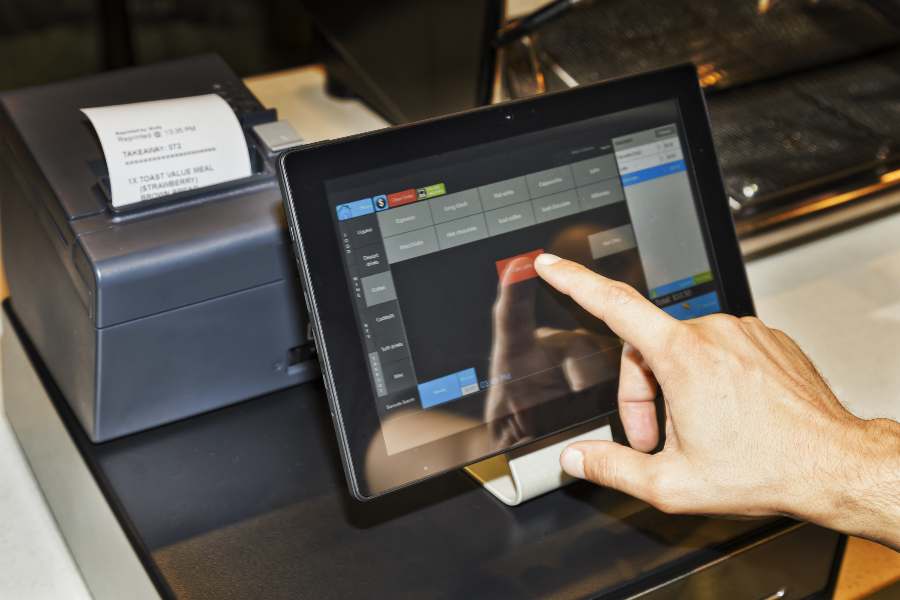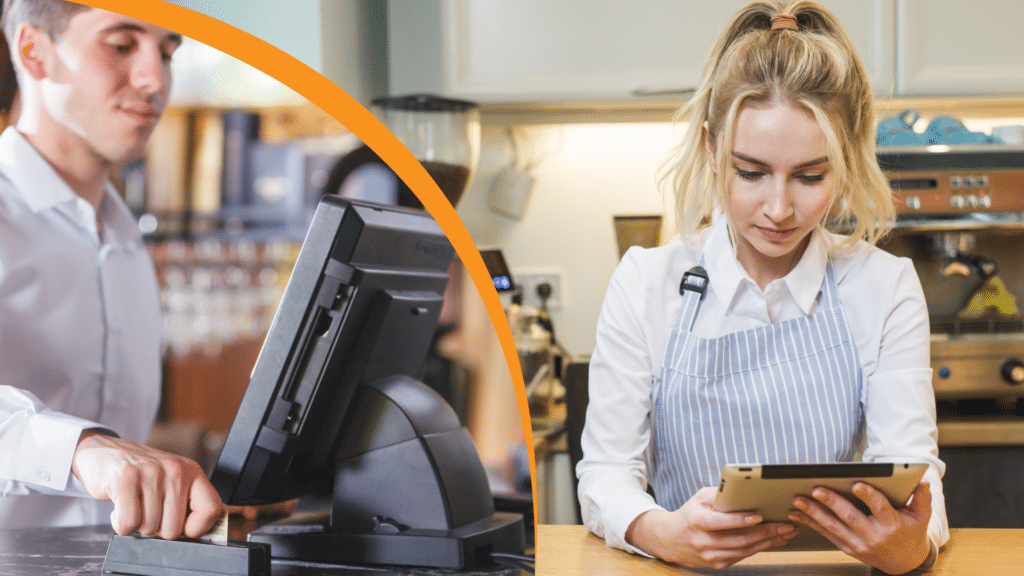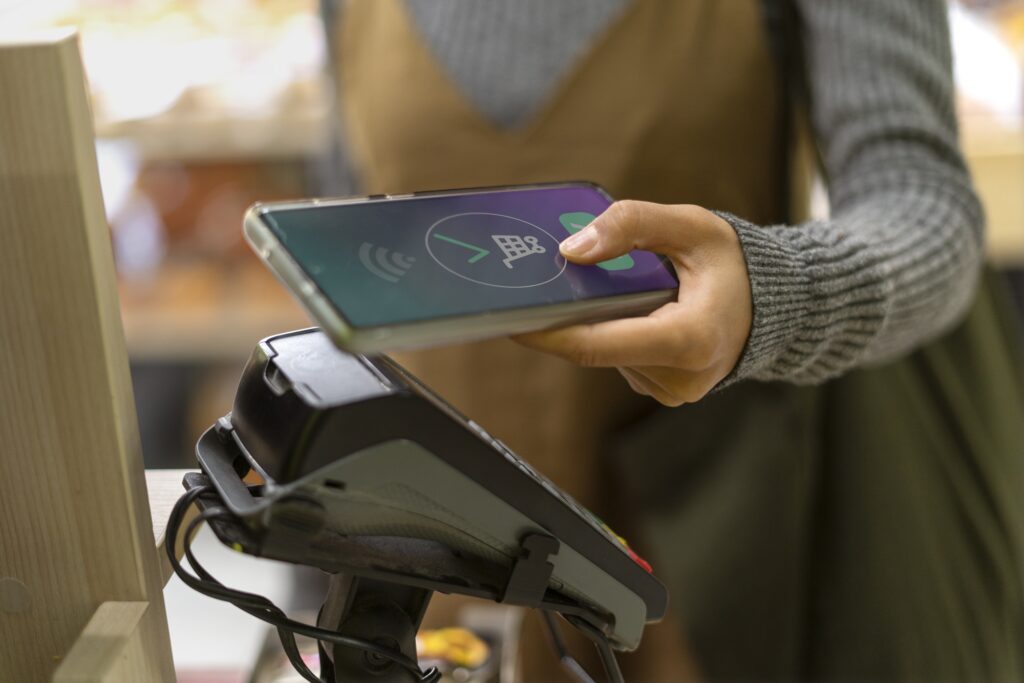Using POS Data to Identify Top-Selling Products in Your Mart

Running a successful mart isn’t just about stocking shelves — it’s about knowing which products drive your profits. While intuition and experience are valuable, data tells the full story. A modern Point of Sale (POS) system can be your best business partner by revealing what your customers actually buy, when they buy it, and how often. Using POS data effectively helps you identify your top-selling products, optimize inventory, and make smarter business decisions.
1. The Power of POS Data in Retail
Every transaction that happens in your mart is a goldmine of information. Your POS system records details like product type, price, quantity, time of sale, and payment method. When analyzed, this data provides insights into customer behavior and buying patterns that can significantly influence your sales strategy.
Instead of relying on guesswork, you can see exactly which products move fastest, which sit on the shelf too long, and how seasonal changes affect your sales. By turning raw sales data into actionable insights, you can make informed decisions that lead to better profitability.
2. Identifying Your Top-Selling Products
The first step in using POS data effectively is identifying your best sellers. Most POS systems allow you to generate sales reports that show which items sold the most over a specific period — daily, weekly, monthly, or quarterly.
For instance, you might find that bottled water and snacks dominate weekday sales, while cooking oils and household essentials perform best on weekends. By spotting these patterns, you can prioritize restocking popular products and ensure they’re always available.
Understanding which products are consistently in demand also helps you arrange your store layout strategically. Placing top sellers in easily accessible or prominent areas encourages quick purchases and improves customer satisfaction.
3. Discovering Hidden Sales Opportunities
POS data doesn’t just tell you what sells — it can reveal hidden opportunities, too. For example, you might find that certain products sell better together, such as bread and butter or chips and soft drinks. Recognizing these patterns allows you to create product bundles, cross-promotions, or discounts that encourage higher basket values.
Additionally, analyzing data by time or day can highlight peak sales periods. If your mart experiences a surge in beverage sales during the summer, you can prepare in advance by stocking extra cold drinks and promoting them prominently.
4. Managing Inventory More Efficiently
Inventory management is one of the biggest challenges for any mart owner. Overstocking ties up capital, while understocking frustrates customers and leads to missed sales. POS data helps strike the right balance by showing how quickly each item sells.
With these insights, you can adjust purchasing schedules and quantities to match real customer demand. You’ll know which products need frequent replenishment and which can be ordered less often. This not only reduces waste but also optimizes cash flow — two essential factors for sustainable growth.
Some advanced POS systems even include automated alerts that notify you when stock levels of popular products are running low. This ensures you never miss a sale due to an empty shelf.
5. Evaluating Profitability, Not Just Popularity
While top-selling products bring in revenue, they don’t always deliver the highest profit margins. Your POS system can help you analyze profitability by comparing sales volume against cost and markup.
For example, a high-selling item like bottled water might have a lower margin than a less frequent but high-profit product like specialty snacks. By understanding this balance, you can promote products that contribute most to your bottom line.
You might even find opportunities to upsell or cross-sell high-margin items alongside your best sellers — for instance, displaying premium coffee near everyday groceries.
6. Using Data to Plan for the Future
POS data isn’t just about reacting to what’s already happened — it’s also about planning ahead. By reviewing historical data, you can forecast future demand, prepare for seasonal trends, and plan promotions that align with customer habits.
For example, if your POS reports show a spike in confectionery sales before holidays, you can increase your inventory and run targeted discounts in advance. Data-driven planning ensures your mart stays competitive and responsive to customer needs.
Conclusion
Your POS system is much more than a tool for processing transactions — it’s a powerful engine for growth. By analyzing POS data to identify your top-selling products, you can make smarter inventory decisions, improve profitability, and create a shopping experience that keeps customers coming back.






